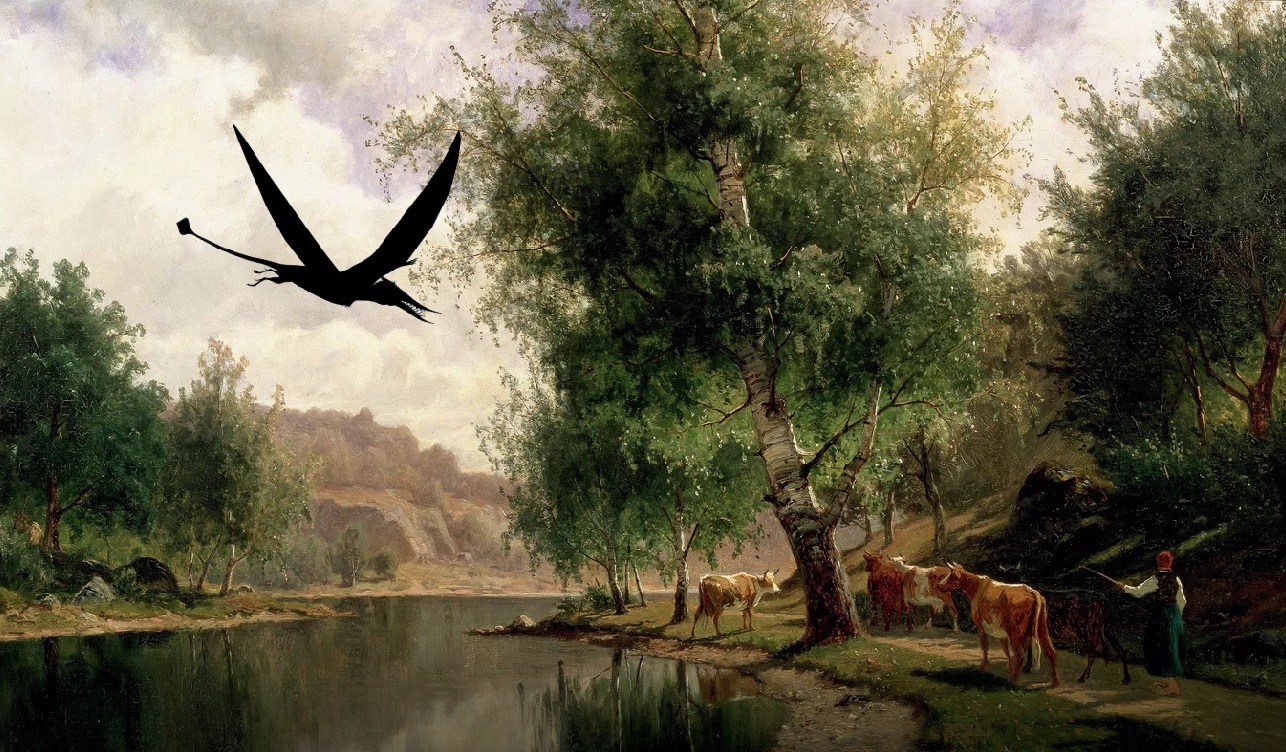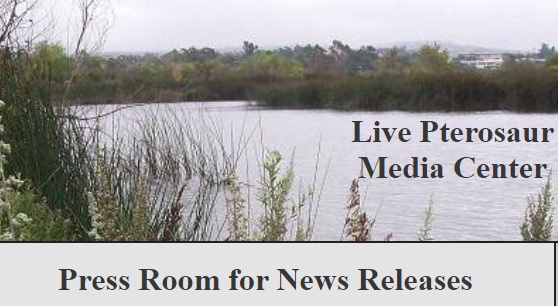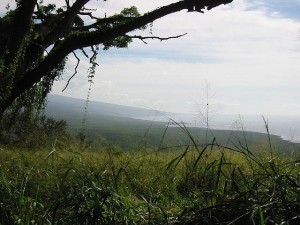By Jonathan Whitcomb
The following are brief quotations from news releases on modern (non-extinct) pterosaurs, commonly called “pterodactyls” or “flying dinosaurs.”
Strange flying creatures in Utah
(July 2, 2018)
A nonfiction-cryptozoology author has analyzed eyewitness accounts of apparent non-extinct pterosaurs, commonly called “pterodactyls” or “flying dinosaurs,” and found that several states in the USA stand out, including Utah. Jonathan Whitcomb, of Murray, Utah, has been receiving emails since 2004, from five continents, and most of those reported sightings, in recent years, have been in North America.
Especially useful may be two maps that show relatively how many sightings have been reported in various states of the USA.
Pterodactyl reported in Papua New Guinea
This is an updated (in 2011) version of the August 14, 2006, press release about interviews of the American World War II veteran Duane Hodgkinson.
A study by an American cryptozoologist suggests that the “pterodactyl” described by the World War II veteran Duane Hodgkinson was a real creature, of a species living in coastal areas of Papua New Guinea. Jonathan Whitcomb, of Long Beach, California, analyzed a videotaped testimony of Hodgkinson in 2005 and concluded that the veteran saw, near Finschhafen, New Guinea, in 1944, the same species of flying creature that natives of nearby Umboi Island call “ropen.”
Pterodactyls in mid-20th-century Cuba
(Dec 19, 2011)
This explores two sightings at Guantanamo Bay, Cuba, by two eyewitnesses: Eskin Kuhn (1971) and Patty Carson (1965).
Retired forensic videographer Jonathan Whitcomb, of Long Beach, California, used to interview accident victims for attorney firms; now he interviews only eyewitnesses of apparent pterosaurs, what many Americans call “pterodactyls.”
Flying dinosaurs – strange flying creatures
(Nov 20, 2014)
Do you believe in the possibility that long-tailed featherless flying creatures, much larger than any fruit bat, live in the jungles of Papua New Guinea? Your belief depends a great deal on where you lived your childhood: in a village like Gomlongon on Umboi Island or in a western country like the United States.
.
.
###
.
Those who investigate reports of living pterosaurs
About Paul Nation, David Woetzel, Carl Baugh, and Josh Gates
.
A living pterosaur was seen during World War II
This is a reply to a portion of a huge web page that was written by the living-pterosaur critic Glen Kuban: “Living Pterosaurs (‘Pterodactyls’)”. I recommend avoiding that page.
.
Over the past 15 years, I’ve seen hundreds of reports of non-extinct pterosaurs, often called “pterodactyls.” Most of those have been direct contact with eyewitnesses, often emails that they send me. The great majority of those have been from ordinary Americans who have seen extraordinary flying creatures.
.
.




